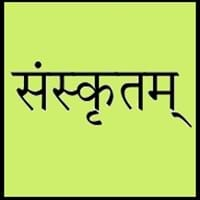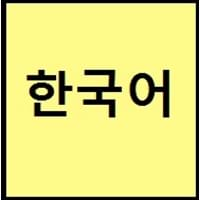Sanskrit vs Korean
- Sanskrit language has highest number of vocabularies than any other language.
- Sanskrit Language has proved to help in speech therapy, also it increases concentration and helps to learn maths and science better.
- Korean has borrowed words from English and Chinese.
- Korean has two counting systems. First, is based on Chinese characters and numbers are similar to Chinese numbers, and second counting system is from words unique to Korea.
Sanskrit and Korean Language History
Comparison of Sanskrit vs Korean language history gives us differences between origin of Sanskrit and Korean language. History of Sanskrit language states that this language originated in 2000 B.C. whereas history of Korean language states that this language originated in Before 1st century. Family of the language also forms a part of history of that language. More on language families of these languages can be found out on Sanskrit and Korean Language History.
Sanskrit and Korean Greetings
People around the world use different languages to interact with each other. Even if we cannot communicate fluently in any language, it will always be beneficial to know about some of the common greetings or phrases from that language. This is where Sanskrit and Korean greetings helps you to understand basic phrases in Sanskrit and Korean language. Sanskrit word for "Hello" is नमस्कारः (namaskāraḥ) or Korean word for "Thank You" is 감사합니다 (gamsahabnida). Find more of such common Sanskrit Greetings and Korean Greetings. These greetings will help you to be more confident when conversing with natives that speak these languages.
Sanskrit vs Korean Difficulty
The Sanskrit vs Korean difficulty level basically depends on the number of Sanskrit Alphabets and Korean Alphabets. Also the number of vowels and consonants in the language plays an important role in deciding the difficulty level of that language. The important points to be considered when we compare Sanskrit and Korean are the origin, speaking countries, language family, different greetings, speaking population of these languages. Want to know in Sanskrit and Korean, which language is harder to learn? Time required to learn Sanskrit is 20 weeks while to learn Korean time required is 88 weeks.





